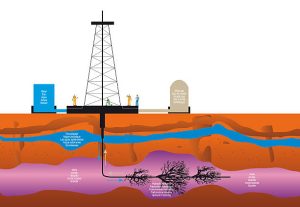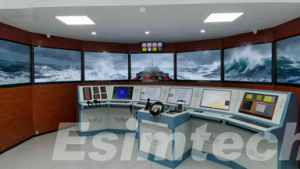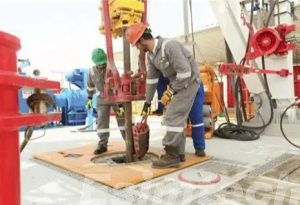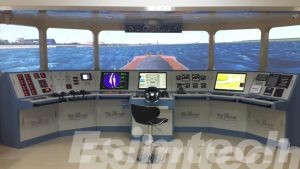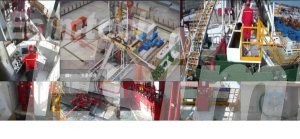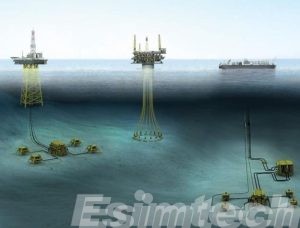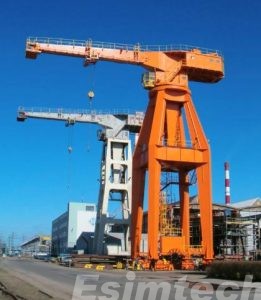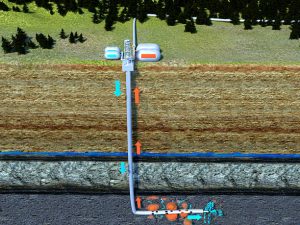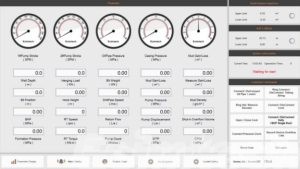What Operational Risks Can be Reduced by Coiled Tubing Simulators?
Coiled tubing operations are characterized by strict tolerances, constantly changing well conditions, and very little margin for error. With the increasing size, length, and complexity of wells, operational risks cannot…
Best Practices for Building Reliable Oil and Gas Simulation Models
Operator training is an essential factor in the oil and gas industry when it comes to safety, production stability, and incident prevention. The more complicated the operating systems, the greater…
Common Drilling Problems in Shale Formations and How to Solve Them
With the continuous increase in the production of shale gas and shale oil, the drilling operations are more complicated in terms of engineering challenges than those in the case of…
How Navigation Simulators Forge Precision Decision Making in Extreme Sea Conditions
In the modern shipping environment, one of the biggest challenges faced by ships during navigation is the decision-making process in adverse sea conditions. Factors such as strong winds, large waves,…
Why Oil & Gas Companies Use Oil Drilling Animation for Training?
Training has always been one of the most important bases for safe, efficient drilling operations in the oil and gas industry. As drilling projects are getting highly sophisticated and the…
Common Causes of Navigation Errors and How Simulator Training Helps Prevent Them
In Navigation, port operations and navigation in complex waters, Navigation Errors have always been one of the important causes of ship collisions, stranding and yaw accidents. Although modern ships widely…
Online Emergency Drills vs. On-site Drills: Which Training Method Is More Effective?
In high-risk industries such as oil and gas, chemicals, power, and manufacturing, emergency drills are crucial for ensuring personnel safety, reducing accident losses, and verifying the effectiveness of emergency plans…
Why Deepwater and Ultra Deepwater Drilling Are Going Mainstream?
Due to the global oil industry’s firm demand and the shallow-water resources still being depleted, deep-water and ultra deepwater drilling are rapidly expanding into key segments of the Offshore Development Strategy…
The Evolution of Land Oil Rigs: From Traditional Derricks to Modern Onshore Drilling
There have been remarkable changes within the oil industry over the past century. At the centre of this transformation are onshore oil rigs. Onshore oil rigs have maintained their wooden…
Top Oil Rig Equipment Every Drilling Engineer Should Know
In the process of oil drilling, oil rig equipment is not only the basic tool for realizing drilling operations, but also the core element for ensuring the safety and efficiency of…
Analysis of Logging Data Quality: 5 Major Influencing Factors and Optimization Strategies
Logging is an indispensable technology in oil and gas exploration and production. Through downhole measurements, the obtained logging data can assist engineers in assessing formation properties, determining oil and gas…
Oil and Gas Data Management Software: Why It Matters
The oil and gas sector has reached a point where the effective handling of data has transformed from being a competitive edge to becoming a main operational requirement. The industry…

